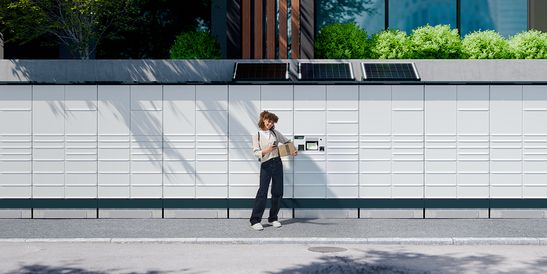KEBA grows by 3% in a dynamic environment to a new high of 553.5 million euros
- News
- 22.6.2023
- Reading Time: {{readingTime}} min

Contents
Switch to:
More pages:

Contents

Edge
Chrome
Safari
Firefox


